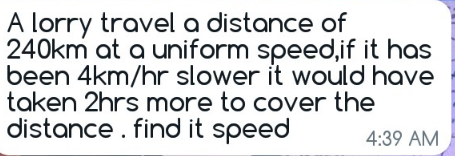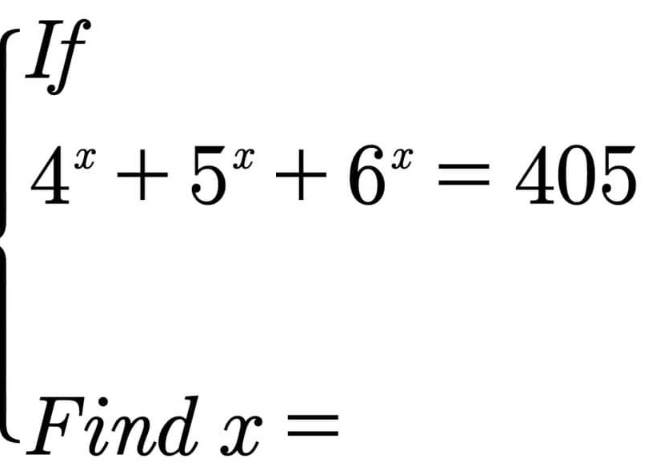
AllQuestion and Answers: Page 512
Question Number 168278 Answers: 1 Comments: 2
Question Number 168277 Answers: 0 Comments: 1
Question Number 168276 Answers: 3 Comments: 2
$$\:\:\:\:{y}\:=\:\sqrt{{x}+\sqrt{{x}+\sqrt{{x}}}} \\ $$$$\:\:\:\:{y}'\:=\: \\ $$$$\:\:\:\:\: \\ $$
Question Number 168274 Answers: 1 Comments: 0

Question Number 168267 Answers: 1 Comments: 0
Question Number 168264 Answers: 1 Comments: 0

Question Number 168259 Answers: 1 Comments: 0
Question Number 168256 Answers: 1 Comments: 0
$$\underset{{x}\rightarrow\infty} {\mathrm{lim}}\:\frac{{n}!}{{n}^{{n}} }=? \\ $$
Question Number 168248 Answers: 0 Comments: 1

Question Number 168247 Answers: 2 Comments: 0
Question Number 168244 Answers: 3 Comments: 0

Question Number 168233 Answers: 1 Comments: 0
Question Number 168231 Answers: 0 Comments: 4
$$\int\:\:{x}\:\sqrt{\mathrm{1}−{x}^{\mathrm{6}} }\:\:{dx}\:\:=\:\:? \\ $$
Question Number 168229 Answers: 1 Comments: 0

Question Number 168225 Answers: 2 Comments: 0
Question Number 168210 Answers: 1 Comments: 0

Question Number 168209 Answers: 0 Comments: 0

Question Number 168208 Answers: 2 Comments: 1
Question Number 168206 Answers: 1 Comments: 0

Question Number 168203 Answers: 1 Comments: 0

Question Number 168198 Answers: 0 Comments: 0

Question Number 168190 Answers: 0 Comments: 5

Question Number 168189 Answers: 1 Comments: 11

Question Number 168188 Answers: 4 Comments: 1
Question Number 168187 Answers: 2 Comments: 0
Question Number 168185 Answers: 0 Comments: 0
Pg 507 Pg 508 Pg 509 Pg 510 Pg 511 Pg 512 Pg 513 Pg 514 Pg 515 Pg 516
